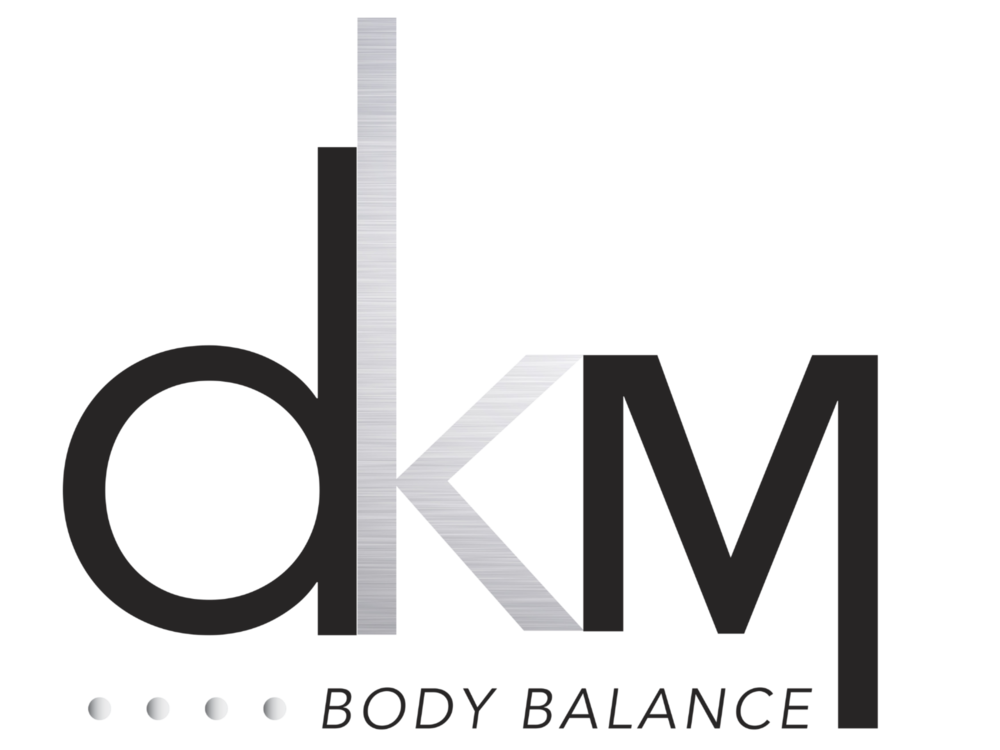One of the things I’ve learned about the body through my years as a chiropractor, is that more often than not, it takes a multifaceted approach to make someone well again. What do I mean by that you ask. Well, I’ve found that muscle and soft tissue work is just as important as the adjustments themselves. Moreover, combining the adjustments with one or two additional muscle therapies greatly improves the results while also expediting the total treatment time. Things such as massage, therapeutic stretching, and acupuncture can all play a vital role. Especially in the more challenging cases that I see. The human body is an extremely complex organism. To believe you can address a functional problem by simply using one therapy or modality is wishful thinking at best. There is a wide variety of proven soft tissue therapies out there. But for the purposes of this blog, I’d like to focus in on one that I use with almost every patient I treat.
A trigger point is a very small point or nodule located in the fibers of a muscle that can refer pain to surrounding areas of the body. They are defined as:
· Pain related to a discrete, irritable point in skeletal muscle or fascia, not caused by acute local
trauma, inflammation, degeneration, neoplasm or infection.
· The painful point can be felt as a nodule or band in the muscle, and a twitch response can be elicited on
stimulation of the trigger point.
· Palpation of the trigger point reproduces the patient's complaint of pain, and the pain radiates in a distribution
typical of the specific muscle harboring the trigger point.
· The pain cannot be explained by findings on neurological examination. Wikipedia
For instance, trigger points in the upper shoulder around the scapula, even as low as the mid back, can refer pain up into the neck, causing tension and sometimes headaches. Trigger point massage therapy is specifically designed to alleviate the source of the pain through cycles of isolated pressure and release. In this type of massage, the patient actively participates through deep breathing as well as identifying the exact location and intensity of the pain. People are often amazed at how quickly the pain or muscle tension can dissipate with just a few minutes spent working the trigger points.
Trigger points aren’t isolated to one area. They are found throughout the body from your head to your toes. Although the medical community doesn’t yet agree on how to properly diagnose trigger points. There remains a plethora of ways to effectively treat them. There is also an assortment of reasons that one might develop trigger points. Things such as chronic posture imbalances, stress (both mental and physical), nerve impingement, etc. If you are someone suffering from prolonged or chronic muscle pain and tension. I strongly recommend seeking out a practitioner who knows trigger point therapy. This could be a chiropractor, physiotherapist, massage therapist, or acupuncturist. You’ll be glad you did.























